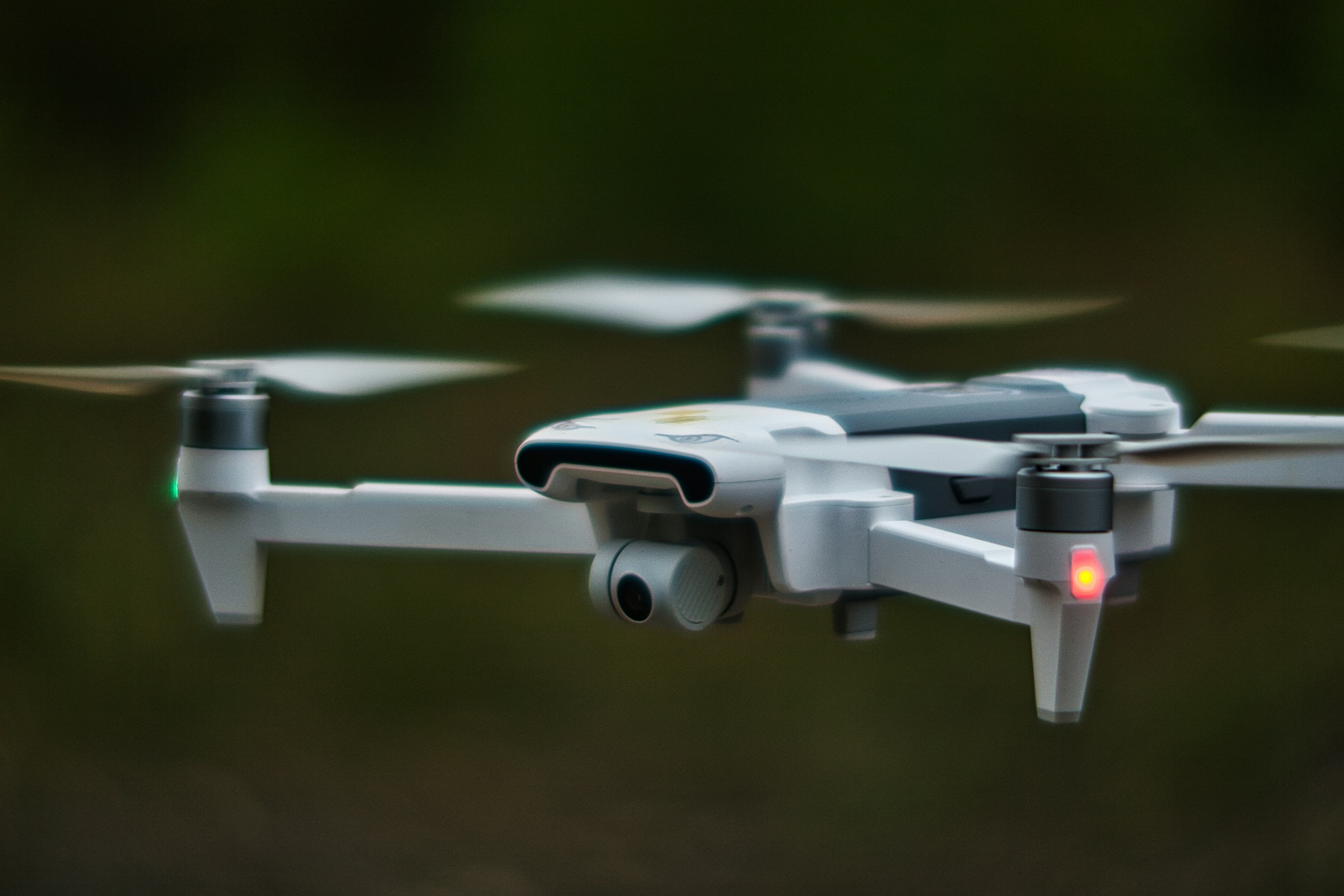About you:
To be successful in this role, we are looking for candidates to have the following skills and experience: Essential criteria 1. PhD (or equivalent) in a relevant discipline such as health informatics, computer science, data science, biostatistics, or a closely related field.
2. Proven ability to design, deliver, and assess high-quality teaching for postgraduate students, in-person and/or online, in areas relevant to digital health, AI, or health informatics.
3. Excellent communication skills with the ability to explain complex concepts clearly to students from diverse academic backgrounds.
4. Experience of supervising postgraduate research projects.
5. Experience of curriculum development and innovation, including creation of inclusive teaching materials and assessment design.
6. Strong track record of research in digital health, artificial intelligence, health informatics, or related methodological areas, demonstrated through peer-reviewed publications.
7. Evidence of ability to establish an independent research programme, including experience of contributing to competitive funding applications. Desirable criteria 1. Fellowship (or higher) of the Higher Education Academy, or commitment to achieving it within probation.
2. Experience of pedagogical research or scholarship in higher education.
3. Track record of interdisciplinary collaboration, particularly with clinical, NHS, or industry partners.
4. Experience of educational leadership or programme management or demonstrable potential to take on such responsibilities.
5. Experience of working with sensitive health data, including governance and ethical considerations. Downloading a copy of our Job Description Full details of the role and the skills, knowledge and experience required can be found in the Job Description document, provided at the bottom of the page. This document will provide information of what criteria will be assessed at each stage of the recruitment process. ## Further information: We ask all candidates to submit a copy of their CV, and a supporting statement, detailing how they meet the essential criteria listed in the advert. If we receive a strong field of candidates, we may use the desirable criteria to choose our final shortlist, so please include your evidence against these where possible. To find out how our managers will review your application, please take a look at our ‘How we Recruit’ pages. Interviews are provisionally due to be held in December .


